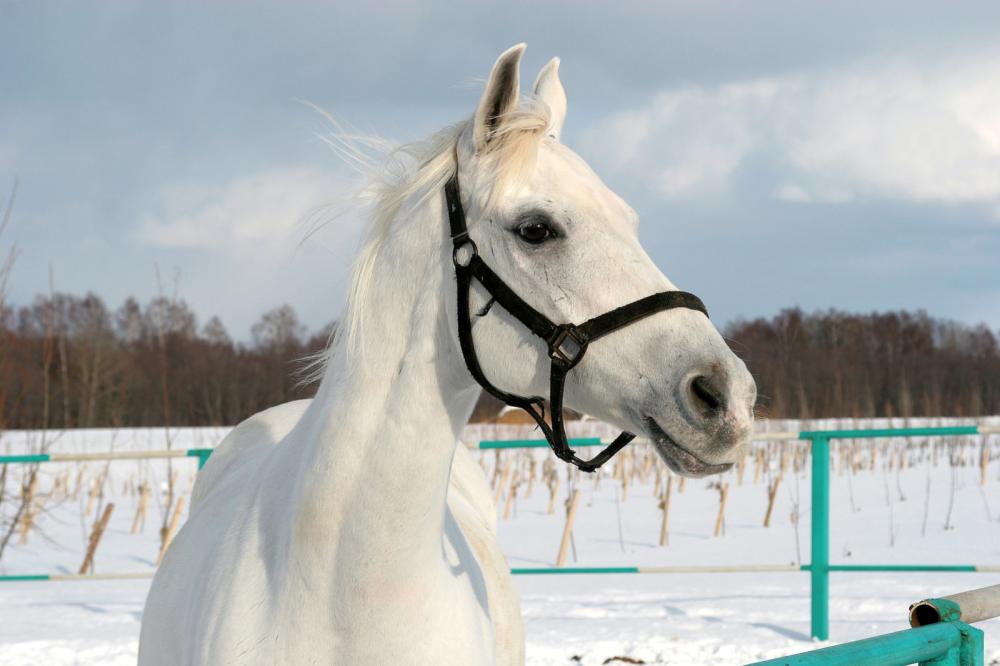Horses have always been associated with loyalty and strength. They have always had a special place in myths, legends, and stories of great historic battles. There are various interesting myths about horses.
However, not all of these myths are true and applicable to all horses. Here, we will discuss six interesting and wacky horse myths:
1. Horses Sleep, Standing Up
Sometimes, horses take a nap while standing on their feet. This is because they need to be ready at all times for unforeseen circumstances (like helping a noble knight rescue a damsel in distress, or win a race where everyone’s betting against them). When they need a good night’s sleep, they lie on their side and squat down with their nose touching the ground.
2. Horses Whine and Neigh for Communication
Horses whine and neigh for communicating their needs. However, they’re not always neighing, like you might see in movies. Instead, they keep quiet once they’ve communicated what they need. In fact, they anticipate whether their owners understand them or not.
3. It’s Not Safe to Let Horses Graze
Many farmers owning horses believe that it’s safer to feed their horses hay instead of letting them out in the open field. This myth has evolved as a result of overprotective strategies of horse owners these days. However, the truth is that the body of a horse is strong and is built in such a way that it can easily graze in the field. They’re naturally designed for grazing. It is, therefore, unnatural and unhealthy for a horse to be fed by unnatural means, all the time.
4. Horse’s Color Determine Its Quality
Many horse owners rely on the horse’s color for determining its quality. The three color types are palomino, paint, and appaloosa. Their prices may vary based on these types. But color is not at all helpful when determining the temperament of a horse. A horse with a bad temperament is more likely to be mean, disobedient, and unfriendly. Therefore, it’s preferable to not depend on this myth when buying horses.
5. Only Pure White Horses are Albinos
There is often a “lethal white syndrome” found in horses, which is mistaken as albinism by those horse keepers who are not informed and aware with horse’s coloring. This syndrome occurs mostly among horse breeds from American Paint Horse. Horses having blue eyes by birth and white or close-to-white coats are known to be affected by this syndrome.
However, there are white horses in existence and you can identify them if their skin is pink by birth and their coat is as white as ice, not fading with age.
6. Horses and Dogs Are Alike
Many horse keepers, who are just beginners, associate a horse’s qualities to that of a dog’s. This is true that both these animals are domesticated, but this is not where you declare these two separate species as one.
Dogs are carnivores, while horses are herbivores. Dog training begins right from the age of a puppy but horse training is started only when a horse is at least three to five years old. Dogs are taught to behave and play games while a horse is trained to patiently carry a human on its back.
The above myths about horses are wacky but helpful for all those who are wishing to own a horse or already have one. Let your horse grow and nourish in its natural way and you’ll be surprised with its abilities.

